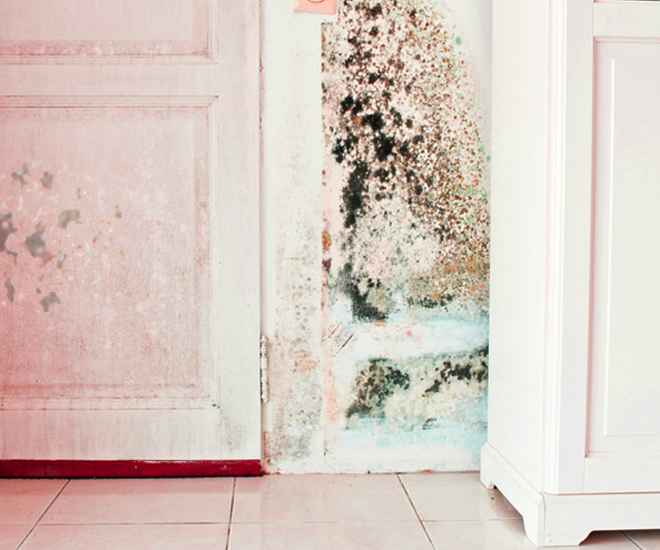Efficient Post Mold Remediation Cleaning Protocols
Efficient Post Mold Remediation Cleaning Protocols
Blog Article
Specialist Tips for Post Mold And Mildew Remediation Success
In the realm of mold and mildew remediation, effectively removing mold and mildew is just half the fight; the true obstacle exists in avoiding its reappearance. By adhering to skilled pointers and finest techniques, individuals can protect their spaces versus mold and mildew rebirth and keep a healthy and balanced interior environment.
Screen Humidity Levels Regularly
Regular surveillance of humidity levels is vital in guaranteeing the performance of article mold and mildew remediation initiatives. After completing mold remediation treatments, maintaining optimal humidity levels is crucial to avoid mold re-growth and guarantee a healthy interior environment. Tracking humidity levels permits early discovery of any spikes or changes that could possibly cause mold and mildew revival. High moisture levels above 60% develop a conducive atmosphere for mold and mildew to grow, making routine checking a positive action to stop any kind of future mold issues - Post Mold Remediation.
Utilizing hygrometers or moisture meters can aid in properly measuring humidity degrees in various locations of the residential property. These tools offer real-time information that allows removal specialists to make informed choices regarding ventilation, dehumidification, and various other needed activities to preserve suitable humidity degrees post-remediation. Furthermore, establishing a regular timetable for moisture checks, especially in high-risk areas such as cooking areas, cellars, and restrooms, is an aggressive strategy to mold and mildew avoidance. By constantly monitoring humidity degrees, homeowner can effectively mitigate the risk of mold reoccurrence and preserve a healthy and balanced indoor environment post-remediation.
Conduct Thorough Inspections Post-Remediation
Complying with the conclusion of mold removal treatments, it is important to perform detailed evaluations to validate the effectiveness of the removal procedure. These post-remediation evaluations are essential in making certain that the mold and mildew issue has been successfully addressed and that there is no reoccurrence or continuing to be mold development. Examinations should be accomplished by certified professionals who have proficiency in identifying mold and mildew and analyzing interior air quality.
During these assessments, numerous methods such as visual evaluations, air tasting, and surface area tasting might be employed to thoroughly evaluate the remediated areas. Visual evaluations include a detailed assessment of the premises to check for any kind of visible signs of mold growth or water damages. Air sampling aids in figuring out the airborne mold spore levels, while surface sampling can spot mold bits on surfaces.
Implement Proper Ventilation Techniques
After guaranteeing the performance of the mold removal procedure with extensive inspections, the next critical step is to concentrate on executing appropriate air flow techniques. Ample ventilation is necessary in avoiding mold and mildew reoccurrence by regulating moisture levels and advertising air circulation.
Correct ventilation not just help in stopping mold and mildew growth but likewise contributes to the overall health and comfort of residents. By making sure sufficient air flow throughout the property, you can lower the threat of mold regrowth and create a healthier living setting.

Use Mold-Resistant Materials for Repairs
To improve the long-lasting effectiveness of mold and mildew removal initiatives, integrating mold-resistant products for repair visite site work is crucial in minimizing the danger of future mold development. Mold-resistant products are created to endure moisture and prevent mold development, making them a crucial option for areas prone to wetness and humidity. When repairing areas affected by mold and mildew, using materials such as mold-resistant drywall, mold-resistant paints, and mold-resistant caulking can help protect against mold reappearance.
Mold-resistant drywall is an exceptional alternative to typical drywall in areas like shower rooms and cellars where wetness levels are higher. This sort of drywall has a special coating that withstands mold development also when exposed to damp conditions. Additionally, using mold-resistant paints including antimicrobial representatives can better hinder mold and mildew growth on walls and ceilings.
In areas where moisture prevails, such as cooking areas and bathrooms, using mold-resistant caulking around bathtubs, sinks, and home windows can aid seal out water and protect against mold and mildew from holding in fractures and crevices. By investing in these mold-resistant materials throughout repair work post-remediation, you can substantially minimize the chance of future mold and mildew problems and preserve a healthier indoor atmosphere.
Maintain Cleanliness and Address Water Issues
After mold and mildew removal, it is essential to preserve a tidy environment to protect against the regrowth of mold. Leakages, water breach, or high humidity degrees can develop the ideal reproduction ground for mold and mildew, so it is imperative to take care of any water-related problems promptly.
To maintain tidiness, take into consideration making use of HEPA filters in vacuums and air cleansers to catch mold and mildew spores and prevent their circulation airborne. Moreover, making sure correct ventilation in locations prone to moisture buildup, such as kitchens and restrooms, can assist keep moisture degrees in check. By staying watchful about mold removal attic cost cleanliness and dealing with water problems immediately, you can properly stop mold and mildew reinfestation and preserve a healthy and balanced interior atmosphere.
Final Thought

In the world of mold and mildew remediation, effectively eradicating mold and mildew is just half the fight; the true difficulty exists in preventing its reappearance. After completing mold removal procedures, preserving ideal moisture degrees is vital to stop mold re-growth and guarantee a healthy interior setting. High moisture degrees over 60% create a favorable atmosphere for mold and mildew to grow, making regular monitoring a proactive step to avoid any type of future mold and mildew concerns.
To boost the lasting performance of mold remediation efforts, incorporating mold-resistant materials for repair work is crucial in reducing the risk of future mold growth. After mold remediation, it is crucial to maintain a clean environment to prevent the regrowth of mold.
Report this page